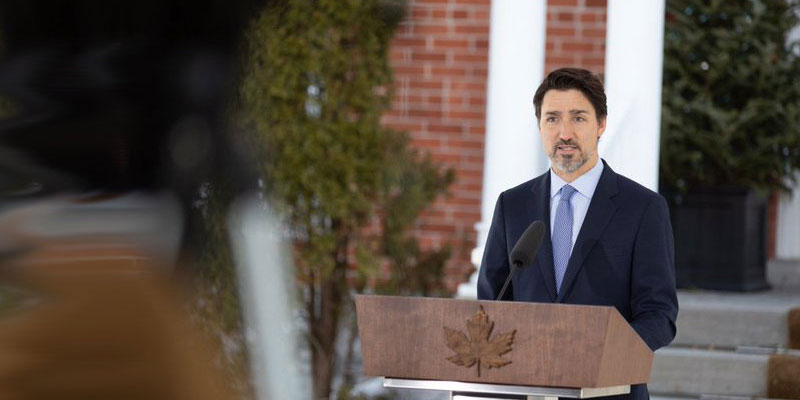Federal government ignores wildfire data while planning more wildfire spending

In its latest federal budget, the Trudeau government proposed $129 million to help contain the threat of wildfires, declaring that, “Climate change is causing wildfires to become more frequent and more severe across Canada.” However, the government’s own data show that forest fire severity has been declining over the past 30 years. The plan for additional spending on wildfires may or may not be a good idea, but Canadians shouldn’t be influenced by claims about climate change that are contrary to fact.
Specifically, page 179 of Budget 2021 says: “Climate change is causing wildfires to become more frequent and more severe across Canada, threatening our health, economies, and wildlife. To improve our resilience to wildfires, make our communities safer, and adapt to climate change” the budget “proposes to provide $100.6 million over five years… to the Parks Canada Agency to enhance wildfire preparedness in Canada’s National Parks” and “$28.7 million over five years… to Natural Resources Canada to support increased mapping of areas in Northern Canada at risk of wildfires.”
When the Trudeau government claims that wildfires have “become more frequent and severe across Canada,” it’s merely repeating what major media outlets have reported or at least implied for years. Yet even though the Canadian public has heard this claim repeatedly, the federal government’s own numbers don’t support it.
As I documented in a 2020 study, according to data from the Canadian National Fire Database, the last 30 years saw a downward trend in annual forest fires, whether measured in the number of fires or hectares burned. The all-time peak in Canadian fire activity occurred in 1989 when the country endured more than 12,000 fires, which burned almost 7.6 million hectares. In contrast, in the most recent year (2019) of available data, Canadian forests only experienced slightly more than 4,000 fires, which burned fewer than 1.8 million hectares.
Another way to illustrate the declining problem of Canadian forest fires is to rank the years in terms of total hectares burned. Over the entire data set (ranging from 1959 to 2019), the six worst years all occurred prior to 2000.
As these statistics make clear, the government’s own numbers do not support casual statements about the increasing frequency and severity of Canadian wildfires. As I made clear in my study, some regions—namely, British Columbia, Alberta and the Northwest Territories—have experienced historically high fire activity in recent years. For these specific regions, the typical alarming narrative could be justified. But the increased fire activity in these three regions is more than counterbalanced by declines elsewhere. To repeat, whether we measure the number of fires or total hectares burned, Canada as a whole suffered more from wildfires in the 1980s and 1990s than in recent decades.
Federal Budget 2021 contains $129 million to help combat what it describes as “more frequent and more severe” wildfires across Canada. Yet the frequency and severity of fire activity in Canada has been declining. The proposed spending may or may not be a good idea, but the Trudeau government should accurately contextualize the data for Canadians.
Author:
Subscribe to the Fraser Institute
Get the latest news from the Fraser Institute on the latest research studies, news and events.

